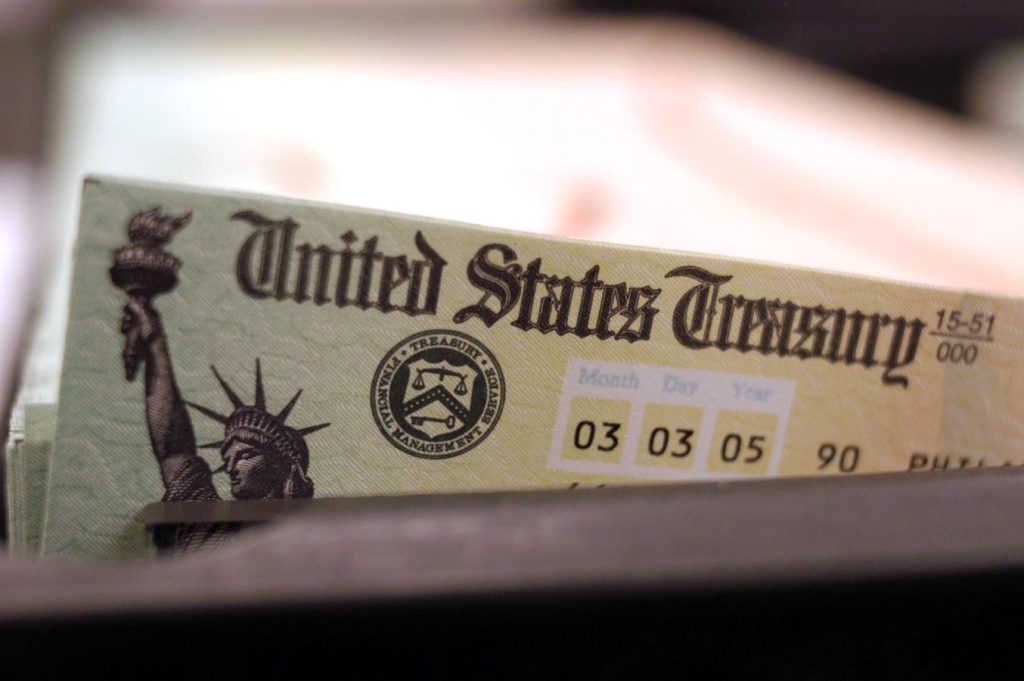The Internal Revenue Service (IRS) issued yet another update regarding the processing of Employee Retention Credits (ERC), warning taxpayers to thoroughly check their claims for “warning signs” of incorrect information. These warning signs flag claims as being fraudulent to the service, and the IRS is offering more opportunities to correct or withdraw such claims before further “compliance efforts” are announced in “the coming days.”
Last month, the IRS announced that the moratorium was over and it would again begin processing low risk ERC claims. While many in the tax world begroaned the IRS for not simply processing those low-risk claims, it was still seen as a good sign that the claims were again going to be processed. Concerning to most taxpayers, however, was that 85% of the claims held by the IRS were seen as medium or high-risk claims and would undergo further scrutiny. Last week’s announcement by the IRS details further signs that the IRS will consider claims to be fraudulent, or “incorrect,” and asks taxpayers to review their claims—processed and unprocessed—to ensure they do not exhibit these signs.
The five warning signs published by the IRS last week are in addition to the seven warning signs they previously warned the public about. Businesses and individuals with pending claims are being asked to review paid and unprocessed claims for these warning signs to ensure they are accurate. Anyone finding these warning signs or having questions about their claims is asked to speak with a trusted tax professional.
The IRS again touted the ERC Withdrawal Program as a way for taxpayers to remove those claims they now believe may not fit the requirements of the program. Resolving incorrect claims now can help taxpayers avoid audits, repayment, penalties and interest. The service stops short of suggesting that these claims were filed with the intent to deceive. Instead, the IRS has doubled down on criticism of various so-called ERC promotors who they believe are the cause for the influx of high-risk claims. IRS communications regarding ERC claims often target so-called Promoters, accusing them of purposefully luring taxpayers to file claims for which they are not eligible.
“The IRS continues working aggressively to pursue improper claims as well as increase payments going out to businesses with legitimate claims on these complex credits,” said IRS Commissioner Danny Werfel. “As we prepare for the next major announcement, we want businesses to be aware of common errors our compliance teams are seeing, many of which reflect bad advice coming from promoters. The IRS continues to urge people with pending claims or previously approved payments to talk to a trusted tax professional rather than a promoter and see if any of these red flags apply to them.”
The Five New Warning Signs
The IRS has added five new warning signs—to go along with the seven they previously released—which the agency says are commonly found on incorrect claims:
- Essential businesses during the pandemic that could fully operate and didn’t have a decline in gross receipts.
- Business unable to support how a government order fully or partially suspended business operations.
- Business reporting family members’ wages as qualified wages.
- Business using wages already used for Paycheck Protection Program loan forgiveness.
- Large employers claiming wages for employees who provided services.
The Seven Previous Warning Signs
- Too many quarters being claimed.
- Government orders that don’t qualify.
- Too many employees and wrong calculations
- Business citing supply chain issues.
- Business claiming ERC for too much of a tax period.
- Business didn’t pay wages or didn’t exist during eligibility period.
- So-called promoter says there’s nothing to lose.
What Should Taxpayers Do
The IRS says they have stopped more than $2 billion in false ERC claims since last fall alone and there are still hundreds of thousands of claims left to process. The time is now, says the IRS, to get on the right side of the government by ensuring your claims are 100% accurate and only those ERC claims that are valid remain submitted for payment.
Taxpayers continue to have several options to correct ERC claims they believe are incorrect. The first is to take advantage of the ERC Withdrawal Program. This program acts as if the claim was never filed in the first place with no questions asked. Taxpayers may also amend a return that was submitted to correct the amount of payment if they received money they should not have received. Finally, taxpayers will have a new way to correct ERC claims when the IRS reopens the Voluntary Disclosure Program for a short period of time. This would allow taxpayers to come in to the IRS to make things right with a claim that was incorrectly filed. Details on this program are still being worked out and more information will be shared down the road.
For more information on ERCs and to read the entire ERC update from the IRS, taxpayers can visit here or go to www.irs.gov/news.
Read the full article here










